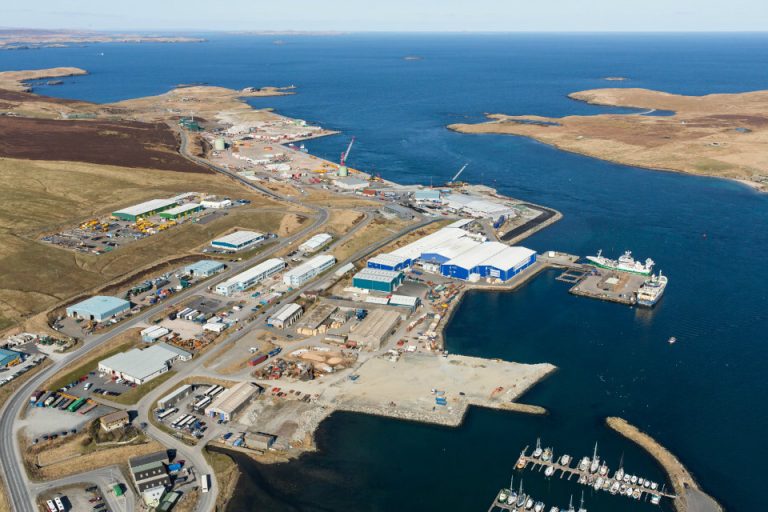A workshop at the Open Urban Day on 14th October – part of the 13th European Week of Regions and Cities, held from 12th-15th October in Brussels – discussed and promoted the benefits of incorporating green infrastructure in city planning. The workshop, entitled ‘Green Infrastructure – revitalizes cities and boosts sustainable territorial development’, was attended by over one hundred practitioners, experts and city representatives from across Europe, together with EU parliamentarians and EC commissioners. Neil Huck, Technical Director of the British Association of Landscape Industries (BALI), spoke on behalf of the European Landscape Contractors Association (ELCA) in his role as ELCA Vice President. He used his knowledge and experience of the UK’s approach to incorporating green infrastructure in urban planning to inform and illustrate his presentation. Addressing delegates at the KBC conference centre in the regenerated former industrial Canal Area of Brussels, Neil Huck explained that ELCA represents some 80,000 small and medium sized businesses operating in the landscape gardening sector across Europe. The sector currently generates an annual turnover of Euros 30 billion. ELCA has 23 European national associations as members, including BALI (representing the UK), and a further five partner associations from outside of Europe. It works tirelessly to ensure that EU legislation affecting the natural environment in which its member companies in the landscape gardening sector operate, is well thought through, practical and can be readily implemented. Continuing with the theme of the workshop, Neil Huck said that despite UN predictions that urban populations are likely to increase by 75 per cent by 2050, urban green spaces remain a relatively low priority for political decision makers. He argued that ‘green cities’ can only be considered truly ‘green’ if, in addition to incorporating ‘green’ technologies such as solar cells and electric cars, they offer a high percentage of accessible green space in the form of parks, sports grounds, playgrounds and leisure facilities to mitigate the effects of CO2 emissions and climate change. These green spaces will also benefit the health and wellbeing of those people living and working in cities and encourage flora and fauna to establish and thrive. As cities become more densely populated and green spaces are lost to the built environment, CO2 emissions are causing extreme weather events. Long, hot, dry periods of weather negatively affect those people who work and live in cities and they drain global energy resources. Heavy rainfall, storms and, in some parts of Europe, hurricanes, cause urban flooding. This can present a danger to life and damage urban economies. Neil Huck argued that investment in the construction, development and maintenance of quality urban green spaces will pay dividends by reducing particulate pollution, combating the urban heat island effect, reducing damage caused by flooding, improving climatic conditions in buildings, and improving air quality. With the case argued for incorporating green infrastructure in cities, Neil Huck asked politicians, when they are considering sustainable job creation and the ‘green economy’, to include the many landscape gardening businesses across Europe that create and maintain urban green spaces. An investment of Euro 1 billion in green infrastructure would, he argued, deliver 13,000-15,000 landscape gardening jobs and this should be considered alongside the contribution of businesses delivering low carbon technologies. Neil Huck then cited the European Commission’s recent midterm revision of its biodiversity strategy, which indicated that more work needs to be done to reach its 2020 targets. He said that ELCA strongly supported the strategy and that increasing the amount of green space in cities would make a major contribution to helping the Commission reach those targets. He also expressed ELCA’s commitment to contribute to European policy making by communicating the benefits of green infrastructure to decision makers at a European and national level at every opportunity. Through its ‘Green City’ initiative, established in 2002, ELCA has been instrumental in demonstrating how living conditions in cities can be improved by the inclusion of more public and private green space. Individual countries have subsequently adopted the initiative under their own titles. In bringing his presentation to a close, Neil Huck invited countries not currently signed up to the ‘Green City’ initiative to join and strengthen the cause for more green spaces in cities across Europe and the world.









